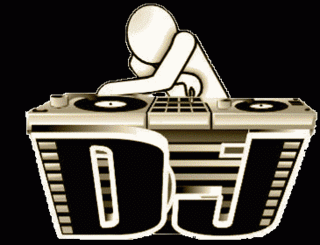Man and His Symbols is the last work undertaken by Carl Jung before his death in 1961. The principle aim of “Man and His Symbols” is an introduction to Jung’s work and ideas. It is an examination of man’s relation to his own unconscious, emphasising the importance of dreams in the life of the individual. The book was first published in 1964 and is divided into five parts, four of which were written by Jung’s closest associates in the world of analytical psychology. One of the most important part of the whole book is his idea of individuation, the process by which consciousness and the unconscious have learned to live at peace and to complement one another. This addresses the essence of Jung’s philosophy of life: Man becomes whole when (and only when) the process of individuation is complete.
top of page
bottom of page








